Testing Point Grey Firefly MV cameras
Point Grey Firefly 0.3 (FMVU-03MTM and FMVU-03MTC) are one of the cheapest cameras available from Point Grey. They are equipped with a Micron MT9V022 CMOS sensor (either mono or color) and cost $275 in Point Grey store. The price is lower by $100 from Chameleon. I've tested mono and color FireFly to check if they can be used as entry-level, cheap cameras for planetary imaging.
Firefly cameras are available with USB2 or Firewire 400 (IEEE 1394a) interface. At full frame - 752 x 480 - they can record at up to 60 frames per second. Those cameras will be very similar to QHY5v or DMK22 as all those cams have similar Aptina/Micron CMOS sensors. How Firefly will perform on planets or Moon? read below...
Test images
FireFly mono: Moon 05.05.2012; 21:56 UT:





























Camera description
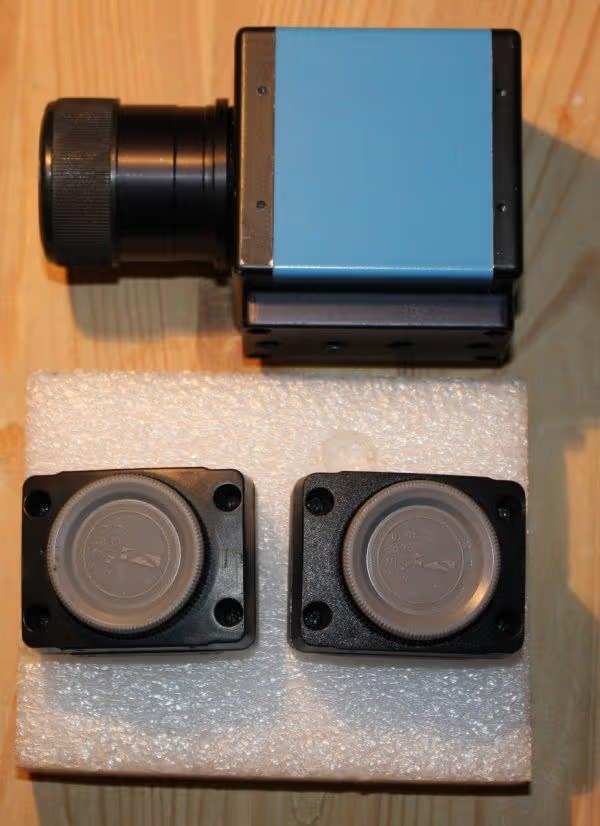
Firefly is a cheap, entry-level camera with a Micron CMOS sensor. MT9V022 has a 1/3" diagonal and 6 x 6 micrometer pixels. It offers 752x480 frame and recording up to 60 frames per second. Gamma can be changed only to "on" - which sets the camera into companding mode. In this mode the camera doesn't have a linear response - stronger signals give weaker response than in linear mode. This allows to fit bigger dynamic range into an 8-bit dynamic range image. In theory it could be handy for imaging prominences (Sun in H-alpha). To connect a USB2 Firefly you will need a Mini-USB cable. You can find additional description on Point Grey site.
Quantum efficiency (sensitivity) is below 50% which isn't high nowadays, but the price is low. Also those sensors keep a lot of their sensitivity in infrared which may be handy for IR luminance imaging of planets and Moon.
To use Firefly for astrophotography you have to use free FireCapture application (2.1 version or newer). You have to install FlyCap in 2.2.* 32 bit version (for 2.1 FireCapture). FlyCap can be downloaded from PGR website. When you install everything add to FireCapture.ini
This file is located in the FireCapture folder (like "/Program Files (x86)/FireCapture/"). This will disable extended gain mode used by FireCapture for other Point Grey cameras (that support it). Firefly won't start with extended gain turned on.
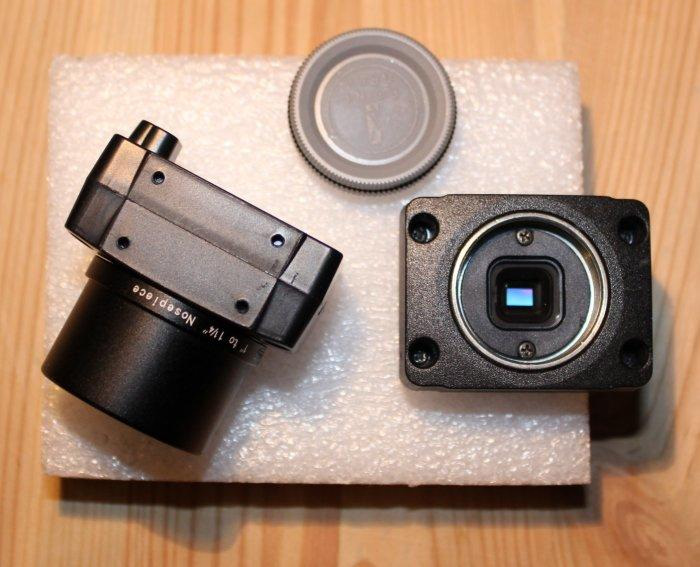
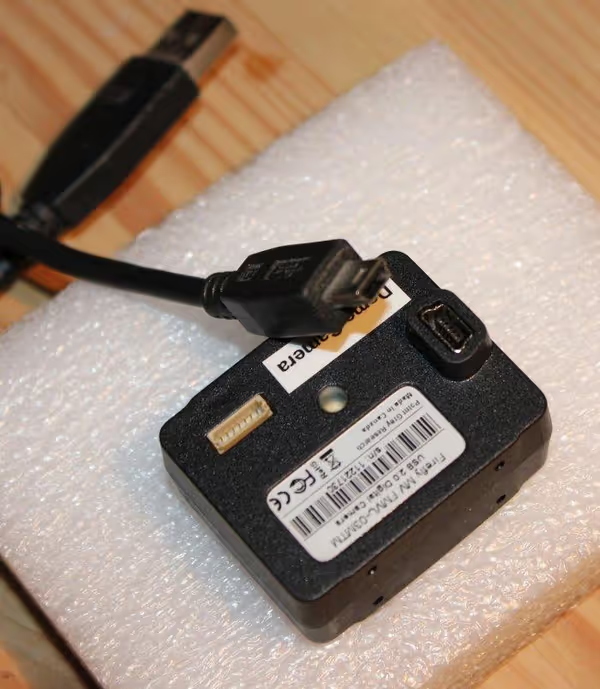
Firefly 0.3 in Solar System astrophotography
It may seems that the camera works nicely but there is one problem lack of high gain. Most dedicated planetary cameras (like TIS cameras, PGR CCD based cameras) have 24-36 dB of gain. Firefly has only 12 dB. That makes imaging of dim objects very hard. Saturn is a dim planet and during imaging usually max gain is used. In case of Firefly the gain is to low to allow sane imaging at high resolutions. It was very hard to make those f/20 Saturn images.
Bright objects like Moon or Sun aren't a problem. High brightness allows using very low gain at short exposures. Also bright planets like Venus, Mars and even Jupiter should be doable with those 12 dB of gain.
In case of solar imaging with a 35 mm Lunt the mono camera showed very strong interference (Newton rings). One of optical elements (like sensor cover glass) is causing such interference (which is quite odd). I tried tilting the camera or the diagonal with no luck. Color camera didn't showed such interference. Cause is still unknown - it may be related to some Micron CMOS sensors as QHY got the same interference with different mono Micron CMOS. They are investigating the issue.
In the end we have a cheap camera that works without problems. On the other hand it has very low gain limiting efficiency of imaging at high resolution. So I would say if you want a solid imaging camera - get Chameleon or CCD based Flea 3. If you want only something basic and cheap - Firefly should be on your list.
Color vs mono camera
In a color sensor each pixel has a filter on top of it - red, green or blue (R,G,B). So the sensor provides information about every color on every frame (gives a color image). In a monochromatic sensor there are no filters so each pixel responds to any light - blue and green and red. The image won't be in color but it will be much bright as every pixel gets more photons. Here is a comparison of Saturn brightness in mono and color Firefly (less is brighter):
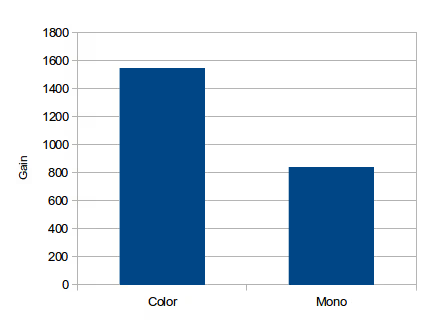
So you can see that Saturn is nearly twice as brigh in mono than in color Firefly (imaged with IR/UV cut filter). This example isn't best as IR/UV filters aren't usually used for imaging with mono cameras.
LRGB imaging is popular in DS imaging (like for galaxies). In planetary imaging the L filter (IR/UV cut) is problematic to use. High resolution imaging causes atmospheric dispersion to be a problem. The lower the planet is on the sky the bigger the effect. Atmospheric dispersion causes wavelengths to focus at different positions - blue, green and red light won't focus at the same spot. In color cameras you would see a red and blue edges. In mono camera it won't be more hidden, but in both cases - the image will be blurry as some light will be defocused. Even in best seeing - dispersion will blur the image.
With mono cameras infrared passing filters are often used - Baader IR-pass, Astronomik ProPlanet 742 or red, orange visual filters. Why? Because they limit atmospheric dispersion as well as bad seeing effect. Shorter wavelengths (blue) get dispersed much more than longer (red and infrared). Also some seeing effects are limited when imaging only longer wavelengths. Having a sharp image with infrared filter allows you to produce superb IR-RGB image (LRGB type image, where luminance is from an infrared filter).
With a mono camera you can easily use infrared filters. You need RGB filters to get color channels, but they don't have to be very good as they only need to provide information about color. Infrared channel image used as luminance provides information about the look. Color RGB image from color or mono camera may look poor, but IR-RGB may look totally different - better.
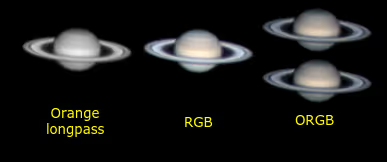
Color camera and debayerisation
Raw image from a color sensor isn't color. One pixel is red, one is blue and two are green (Bayer pattern, Bayer filter). To produce a color image out of it you need an algorithm that will deduce blue, green and red values for every pixel. This process is called debayerisation.
Some applications may debayer the raw image on the fly and show a color image to the user. In FireCapture color cameras will show and record raw images. You can debayer AVIs later using FireCapture debayer application. It allows you to choose one of few algorithm. Some are better than others (like HQLinear):
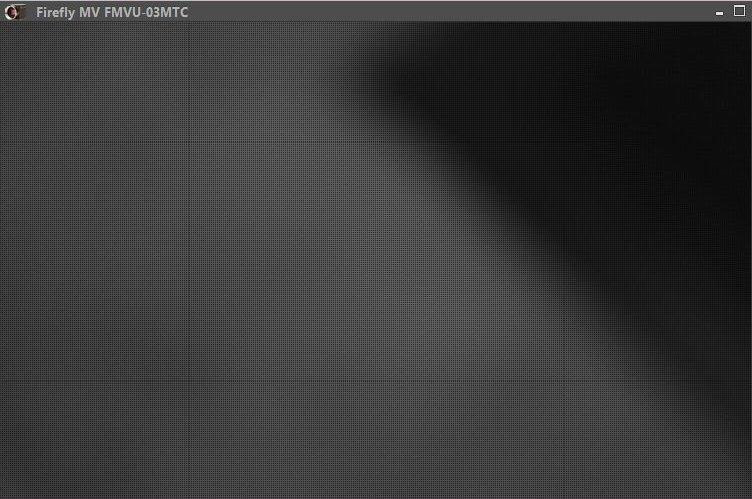
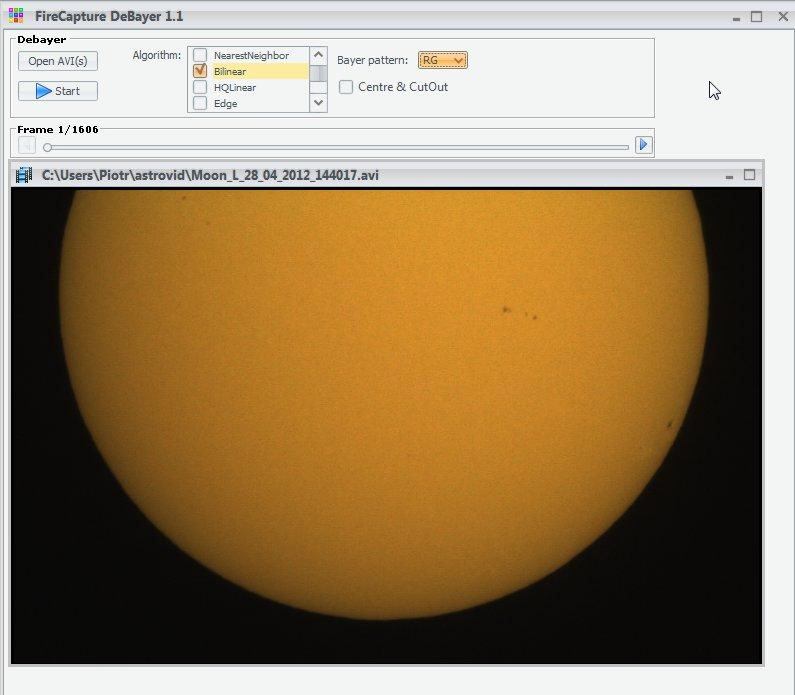
Comment article